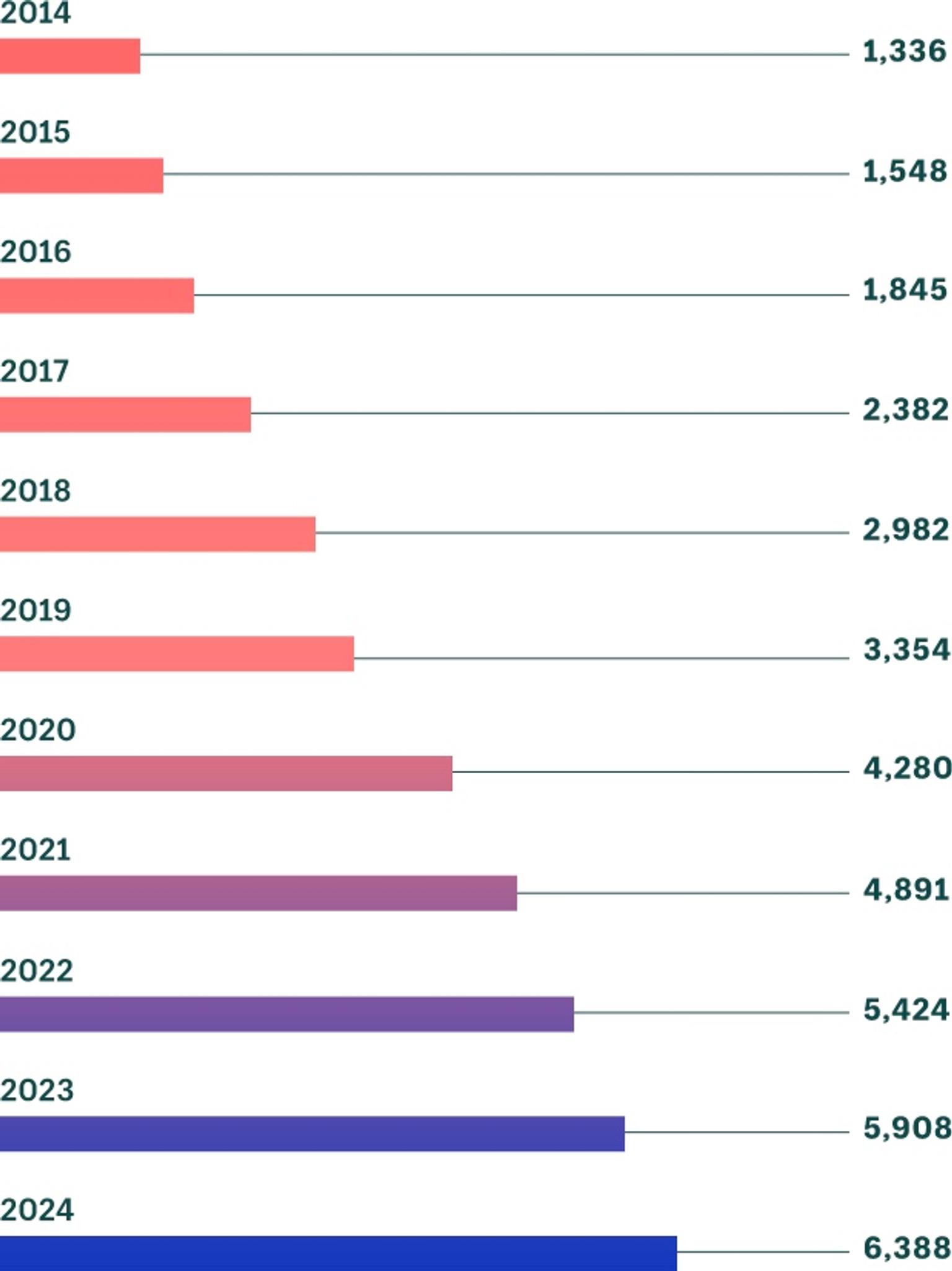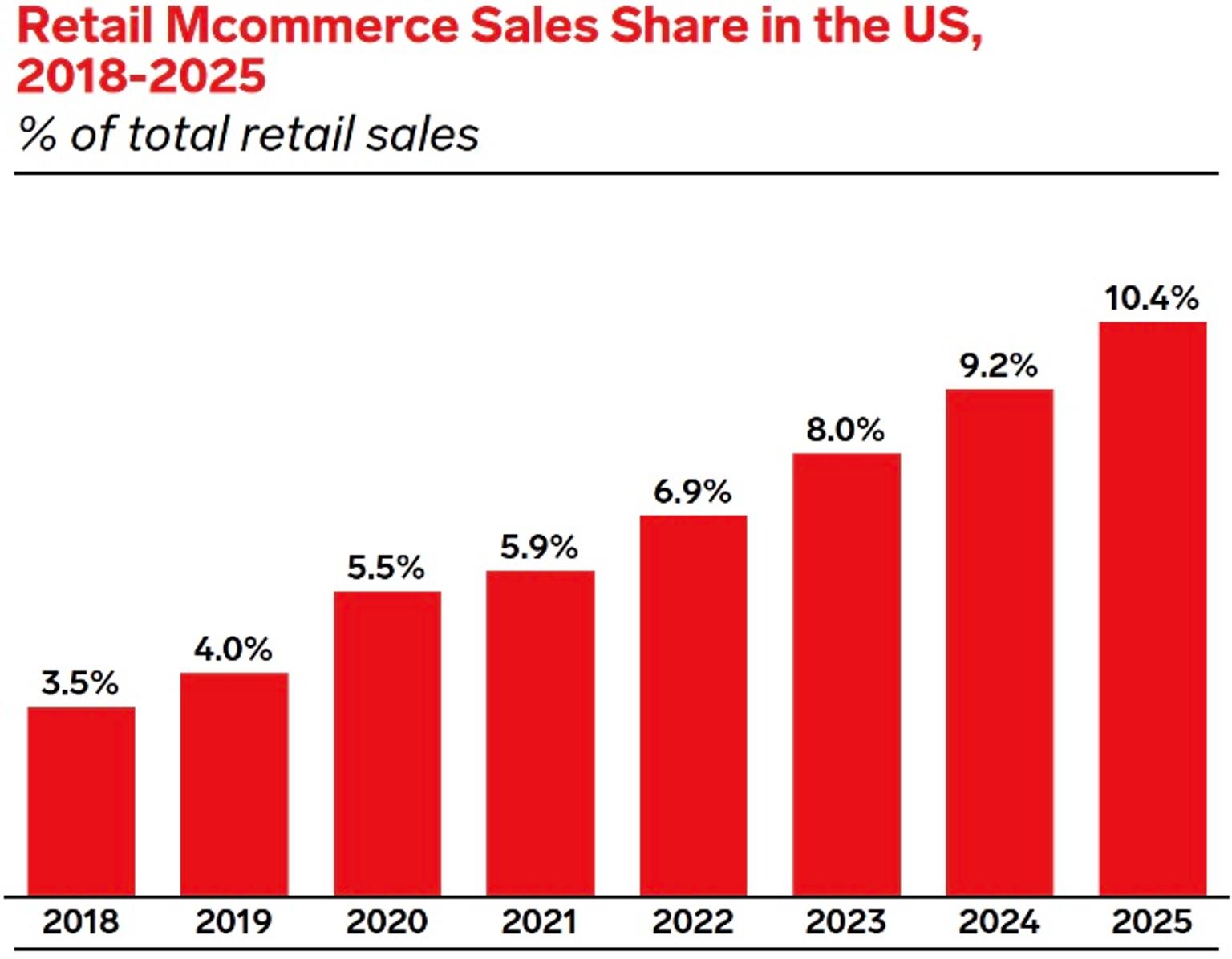What Will be The Future of E-commerce Marketplace in 2025?
As technology rapidly expands, shopping online is becoming more popular. We take a look at key predictions for the state of eCommerce over the next few years.


Improvements in technology and the growth of available eCommerce marketplaces have made it easier than ever to buy and sell online. The COVID-19 pandemic and remote living have also brought to the table the global tendency for digitalization.
According to several market analysts, the eCommerce industry will be the biggest beneficiary of the pandemic. Penetration rates, which were at 15% in 2020, are likely to grow to 25% by 2025. That marks a 10% increase in just five years.
Today, tech-savvy customers are looking for quick, seamless buying options. They will continue to rely on eCommerce throughout the next few years – and more customers will jump on the bandwagon. In this article, we take a look at the key trends in the eCommerce landscape until 2025.
1. Growing Market Share & Sales
The number of online shoppers across the globe has reached over 2.14 billion, which translates into 27.6% of the world population. In other words, more than one out of every four individuals you see around you prefers to shop online. As a result, the eCommerce industry is likely to grow by around $11 trillion between 2021 and 2025.

Source: Oberlo
As the world continues to adapt to the new normal, eCommerce growth is likely to keep climbing. Worldwide eCommerce sales are expected to reach $5 trillion in 2022, and $6 trillion by 2024, with eCommerce websites taking up 22.3% of total retail sales. In the US alone, retail eCommerce sales will grow 16.1%, reaching $1.06 trillion in 2022.

Global eCommerce sales from 2014 to 2024 (in billion $US) (Source: Shopify)
2. Increasing Seller Communities
eCommerce stores are popping up every day, with a projected 12 to 24 million online shops around the world. This growth means more brands are competing for customers. Over the next few years, we will continue to see the growth of online marketplaces and other intermediaries with a smaller ratio of sales going directly to retailers’ websites. This will take several forms:
- Key general marketplaces like eBay, Walmart and Amazon will continue to grow
- Specialist marketplaces such as Etsy will also flourish
- Facebook and other social media platforms will build a marketplace-like functionality allowing consumers to check-out on their sites
- Google shopping will become more marketplace-like with transactions being completed without visiting the merchant’s site (Buy with Google)
- Major retail sites will also open their own marketplaces
3. Local to Global Transition
Many eCommerce businesses that have reached their growth limits in the local market are now striving to expand into the worldwide landscape. Customers are also echoing this go-global movement. In fact, a recent survey reveals that 76% of online customers have made purchases on a website outside their own countries. This figure is up from 69% in 2019.
4. More Focus on Customer Relationships
Building and maintaining a relationship with customers will become even more crucial for eCommerce businesses. This is why Amazon, which is particularly strict about buyer-seller communication, has been rolling out several features to help sellers connect to their customers via Brand Registry.
Many marketplaces are also leveraging user-generated content (UGC) and this trend is here to stay. Consumers like to hear what other consumers think of an item. Around 84% of customers trust business reviews as much as word-of-mouth marketing and personal recommendations. Along with product reviews, additional content such as videos and images can really help highlight what is great about an item. In the coming years, eCommerce platforms will continue to make it easier for sellers to highlight UGC.
5. Emerging Technologies
Many new technologies are now integrating into eCommerce to improve the consumer experience. There is an increasing focus on customer convenience and personalisation. In the coming years, we can see a new level of personalisation by identifying customers’ consumption patterns. This is where machine learning (ML), artificial intelligence (AI) and automation technologies will play a big role.
More and more people will move towards virtual shopping and technology will be involved everywhere. While consumers will be able to take tours of shopping malls, AI will help them try clothing without even asking for measurements. In an ideal world, eCommerce is also likely to move towards AI-based and superfast product delivery using drones and ML. For sellers, this means that they will need technology that allows them to be flexible and to easily operate on new channels.
6. Mobile Shopping
Mobile shopping (also called m-commerce) will continue to dominate over the next few years. Online retail will keep expanding because of the growing use of smartphones and tablets worldwide. By the end of 2022, smartphone retail eCommerce sales are likely to surpass $432 billion, up from $148 billion in 2018. In the US, retail m-commerce sales grew by 5.9% in 2021, to reach $359.32 billion. Yearly m-commerce sales will nearly double by 2025.

Source: eMarketer
Mobile shopping apps are becoming more popular among sellers and customers, with one in five customers in the US reportedly using them several times per day.
Future-Proof Your eCommerce Store with AWM
At AWM, we not only help you start and run a profitable eCommerce store, but also develop a highly sophisticated growth plan for you. With a secured eCommerce presence on Amazon and/or on Facebook Marketplace, we can help you qualify for further eCommerce giants like Walmart.
Along with developing your passive income-generating assets, we will make sure to diversify your eCommerce presence. Get in touch to learn more about how we can help you build a future-proof eCommerce store.